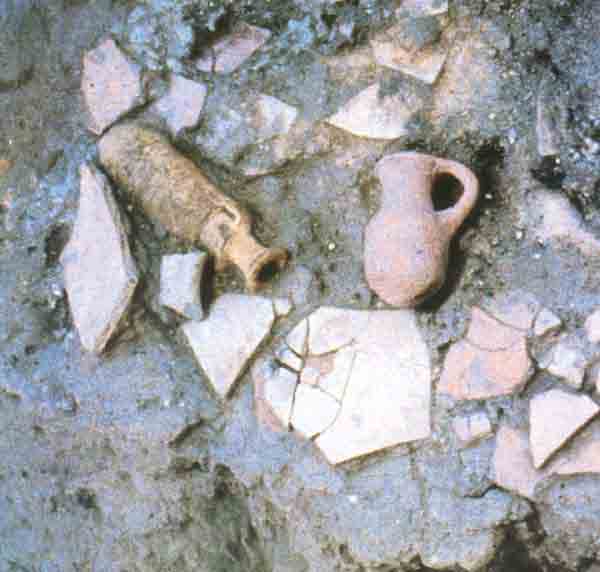Image Details

Carl Andrews, Leon Levy Expedition
Two superpowers dominated the Near East in the late seventh century B.C.E.: in the East, the Neo-Babylonian Empire, which extended control over Syria after Assyria’s decline; in the West, Egypt, which dominated the southern Levant. In 605 B.C.E., Babylon pushed west; the newly crowned King Nebuchadrezzar II won a decisive battle against the Egyptians at Carchemish on the upper Euphrates. The next year he moved south, capturing and burning the Philistine seaport of Ashkelon.
The ferocity of the Babylonians is amply demonstrated by the archaeological evidence. Fires swept through the city’s winery (where the photo was taken), leaving remnants of charred wood; brick and pottery were melted into glass; ceramic jars were smashed and strewn helter skelter. So widely known was the destruction of Ashkelon that the prophet Jeremiah wrote that Babylon rose out of the north “to destroy all the Philistines … Ashkelon is silenced” (Jeremiah 47:4–5).
